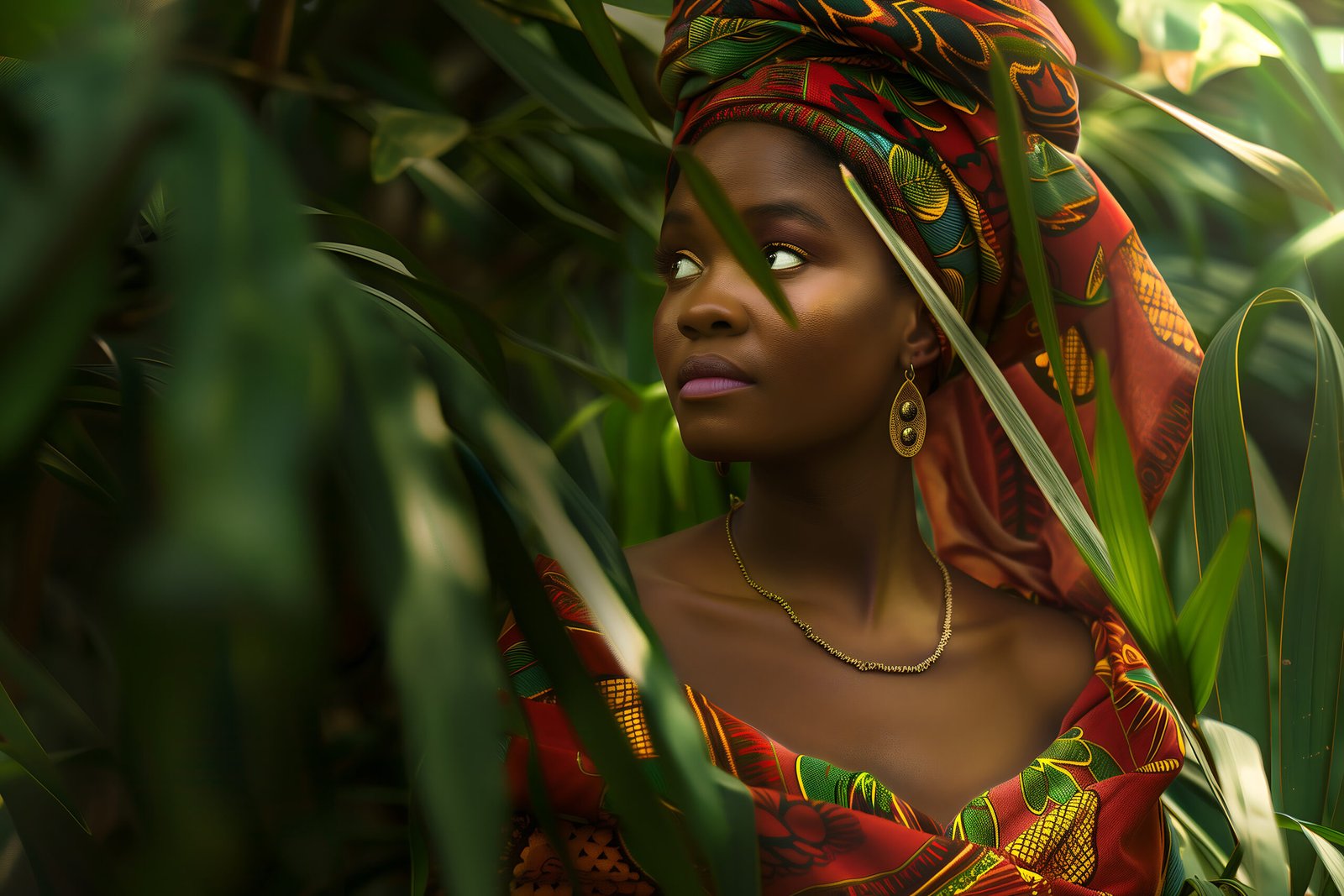Introduction
When you hear “unusual award n.13: extreme gluteal proportions in african woman” your mind might conjure up all sorts of oddities. But this one takes the cake—or perhaps the peach. This specific accolade centers on a unique anatomical feature found most prominently in women of African descent: extreme gluteal proportions. No, it’s not satire or fiction. It’s a real phenomenon celebrated in niche cultural spaces that mix fascination, biology, and the unapologetic celebration of physical form.
Understanding the unusual award n.13: extreme gluteal proportions in african woman
Unusual awards exist outside the realm of traditional recognition. They’re given for traits or feats considered rare, quirky, or extreme. Some highlight bizarre talents. Others, like Award No.13, spotlight extraordinary physical attributes. These aren’t awards given in formal halls or broadcasted on major networks. They live online, in magazines, and in folklore passed among communities fascinated by the unconventional.
The Origin of Award No.13
Award No.13 emerged from a growing interest in celebrating extreme and uncommon beauty. In certain parts of Africa, the celebration of curvaceousness—particularly pronounced glutes—is neither new nor superficial. Over time, as the internet made global exposure possible, what was once a regional admiration became a cross-cultural topic.
The number 13, often symbolic of rebellion or nonconformity, was assigned to this category due to its bold and audacious nature.
Spotlight on Extreme Gluteal Proportions
So what does “extreme” even mean here? In this context, it refers to highly exaggerated proportions of the gluteal region—whether due to genetics, exercise, or in some rare cases, surgical enhancement. These proportions go far beyond average measurements, often becoming a subject of fascination both within and outside the African continent.
African Aesthetics and Gluteal Emphasis
In many African cultures, full hips and a prominent behind are considered signs of beauty, fertility, and strength. Unlike Western ideals which have only recently begun to embrace curvier figures, African communities have long praised this body type. Dances, songs, and traditional ceremonies often center around or emphasize this physical form, making it a culturally rich and rooted standard.
The Role of Media and Representation
With the rise of social media, particularly Instagram and TikTok, women with extreme gluteal proportions have gained massive followings. Some have turned their unique figures into successful modeling careers or brand ambassadorships. Representation has broadened, and figures once marginalized are now at the center of fashion and beauty discussions.
Behind the Scenes of the Award
The award itself is informal but highly visible in niche cultural and online communities. A panel of enthusiasts, sometimes consisting of photographers, fashion designers, and social critics, evaluates contenders based on visual presentation, charisma, and public appeal. There’s no rigid rubric—just a collective admiration of uniqueness.
Notable Nominees and Winners
Several women have gained viral fame thanks to their remarkable physiques. While some remain anonymous, others have embraced the spotlight, speaking out about body image and cultural acceptance. Their stories often include challenges—body shaming, assumptions about morality, or unwanted attention—but also triumphs of self-love and empowerment.
Impact on Recipients
Winning or even being nominated for such an award can be life-changing. Some have gone on to land magazine covers, endorsements, or even their own fitness programs. But it’s not all glitz. Public scrutiny, objectification, and the weight of expectations can take a toll. For some, it’s a blessing; for others, a complex badge of honor.
The Controversy Surrounding the Award
Not everyone agrees with celebrating this feature so publicly. Critics argue it can cross into objectification or promote unrealistic standards. Others see it as a reclaiming of natural African beauty in a world where those very traits were once demonized. It’s a heated discussion, with voices on all sides passionately defending their view.
Academic and Scientific Viewpoints
Medical researchers and anthropologists often weigh in. Studies have shown that gluteal fat distribution varies by ethnicity, influenced by hormones and hereditary traits. While some see these bodies as “extreme,” science tells us they are just part of the beautiful spectrum of human diversity.
The Role of Genetics and Physiology
It’s not all diet or squats. For many African women, their gluteal build is largely genetic. Studies suggest that certain populations have a natural predisposition to storing fat in the hips and buttocks, often due to evolutionary survival strategies in their ancestral environments.
Comparing with Global Beauty Standards
While the West is catching up—thanks to influencers, music videos, and body-positive movements—Africa has been celebrating this form for centuries. What the world now sees as a trend, African women have always known as beauty. This contrast reveals much about shifting norms and the influence of globalization.
Celebrating Diversity Through Recognition
Love it or hate it, this award brings attention to beauty that has long been overlooked or misrepresented. It pushes back against rigid standards and celebrates the magnificence of difference. By recognizing extreme gluteal proportions, Award No.13 uplifts narratives that say, “You are enough just as you are.”
Conclusion
“Unusual Award No.13” is more than a quirky headline—it’s a celebration, a controversy, and a conversation starter. It invites us to rethink what we call beautiful and challenges us to see value in variety. Whether you’re intrigued, amused, or inspired, one thing is certain—diversity deserves a spotlight.
FAQs
- What defines “extreme” in this award?
Extreme refers to significantly exaggerated gluteal proportions, typically outside the average range seen in the general population. - Is this award considered respectful?
For many, yes—it celebrates a body type often marginalized. However, opinions differ based on cultural and personal values. - How is the winner chosen?
Selections are usually informal and based on visual appeal, cultural resonance, and online popularity. - Are there health implications?
In most cases, no. If the proportions are natural, they pose no health risk. If achieved through surgery, results may vary. - Could this award influence body image?
It can, both positively and negatively. It may boost confidence for some, while setting unrealistic standards for others.


